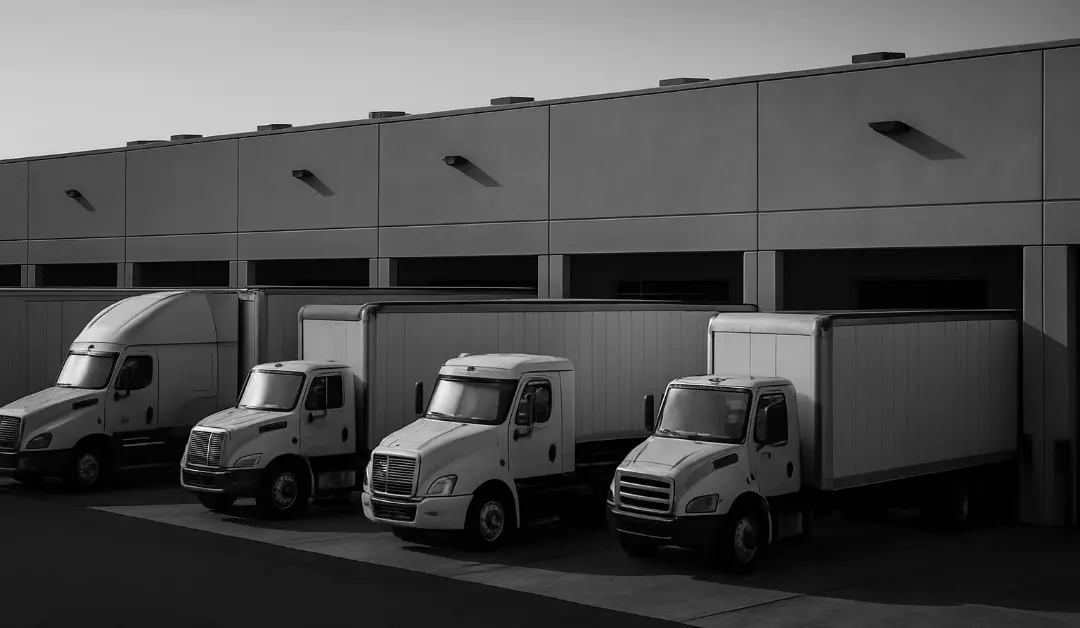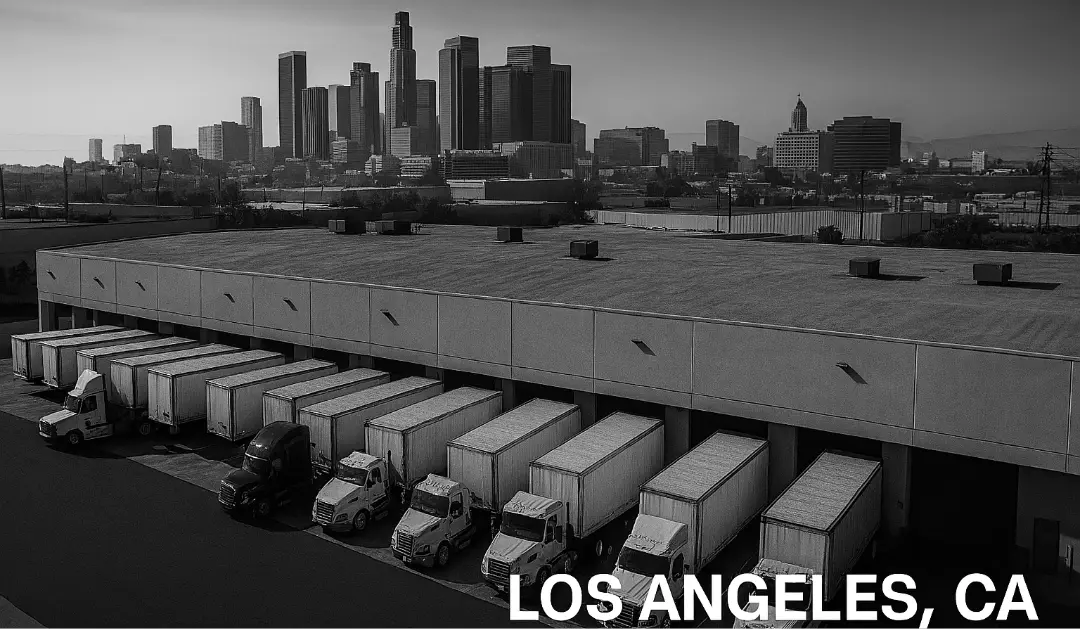Most brands are laser-focused on the last mile. That final stretch between the carrier and the customer’s doorstep gets all the attention. And for good reason—it’s where most shipping-related complaints happen. But without a solid firstmile process, the last mile doesn’t stand a chance.
The truth is, the last mile can’t go smoothly if the first mile is already broken.
If you’ve ever had a package “stuck in pre-transit,” lost between scan events, or delayed without warning, chances are the issue wasn’t with the carrier. It started earlier—at the very first step of fulfillment.
That’s where the firstmile comes in.
What Is Firstmile Shipping?
In ecommerce and logistics, the firstmile refers to the initial leg of a shipment’s journey: the moment a package is picked, packed, labeled, and handed off from the seller or fulfillment center to the carrier.
It’s everything that happens before the carrier begins moving the parcel through their network. That includes:
- Printing and applying the shipping label
- Creating the manifest or pickup batch
- Handing off the package to USPS, UPS, FedEx, DHL, etc.
- The first carrier scan confirming possession
If you’re working with a 3PL, the firstmile starts inside the warehouse and ends when the carrier truck pulls away with the day’s shipments.
It might only span a few blocks—but this tiny stretch of distance can carry enormous operational consequences.

What Causes Firstmile Delays?
There are a few common breakdowns that disrupt firstmile performance:
- Labels not correctly generated or scanned
If a package isn’t associated with a manifest or pickup scan, tracking won’t begin—leaving customers in the dark. - Poor batching or missed pickups
Carriers operate on tight schedules. If your orders aren’t ready when they arrive, you might miss the window. - Wrong carrier choice for the SLA
A slow service level paired with a high shipping promise is a recipe for failure. - Overreliance on a single carrier
Lack of flexibility can bottleneck fulfillment when volumes spike or networks strain.
In short, when fulfillment and carrier coordination fall out of sync, the entire customer experience suffers.
Why the First Mile Deserves More Attention
Fast-growing brands can’t afford to overlook firstmile performance. Here’s why:
- It impacts tracking reliability. If the first scan never happens, customers start asking questions.
- It dictates shipping costs. Smart batching, zone selection, and carrier diversification happen at this stage.
- It sets the pace for delivery. If a package sits idle before it enters the carrier’s network, every downstream SLA gets squeezed.
The firstmile is where operational excellence begins—or where avoidable chaos creeps in.
How to Optimize the Firstmile
To improve your first mile, you don’t need to overhaul your entire operation. But you do need to tighten up the handoff between fulfillment and shipping.
Here’s where to start:
- Automate label logic. Use dynamic rules to choose the best carrier, service level, and packaging in real time.
- Manifest early and consistently. Group orders into batches and generate manifests before pickups.
- Choose fulfillment partners that prioritize speed. If your 3PL can’t meet your daily cutoff times, it might be time to reevaluate.
- Use multi-carrier routing software. Tools like eHub Orchestrate give you the flexibility to optimize carrier selection without manual effort.
- Leverage fulfillment intelligence. Historical data can help you predict zone delays, identify scan gaps, and reroute before problems occur.
The firstmile isn’t just about movement but visibility, timing, and control.
The Firstmile Is the First Impression
In many ways, the first mile is your brand’s first logistical handshake with the customer. It’s where you prove that you can fulfill quickly, predictably, and confidently.
If that handoff is smooth, everything else downstream benefits.
If it’s clunky? No amount of next-day delivery promises can fully make up for it.
Final Thoughts
Smart e-commerce brands are starting to rethink where fulfillment optimization begins. The focus is shifting upstream—from delivery to pickup, from doorsteps to loading docks.
When you get the first mile right, everything else moves faster, costs less, and creates better customer experiences.
See how eHub helps e-commerce brands orchestrate smarter first-mile operations.



